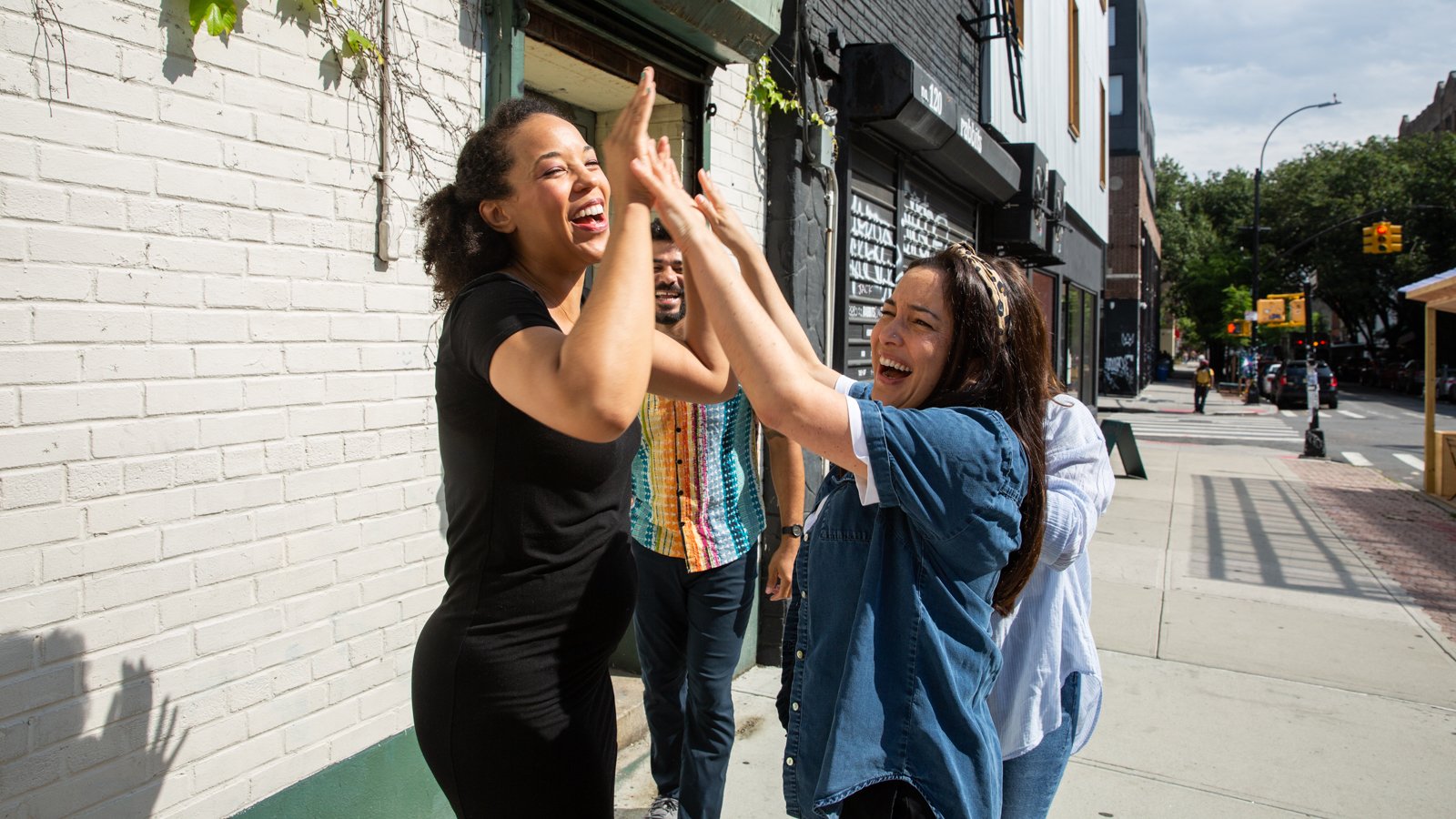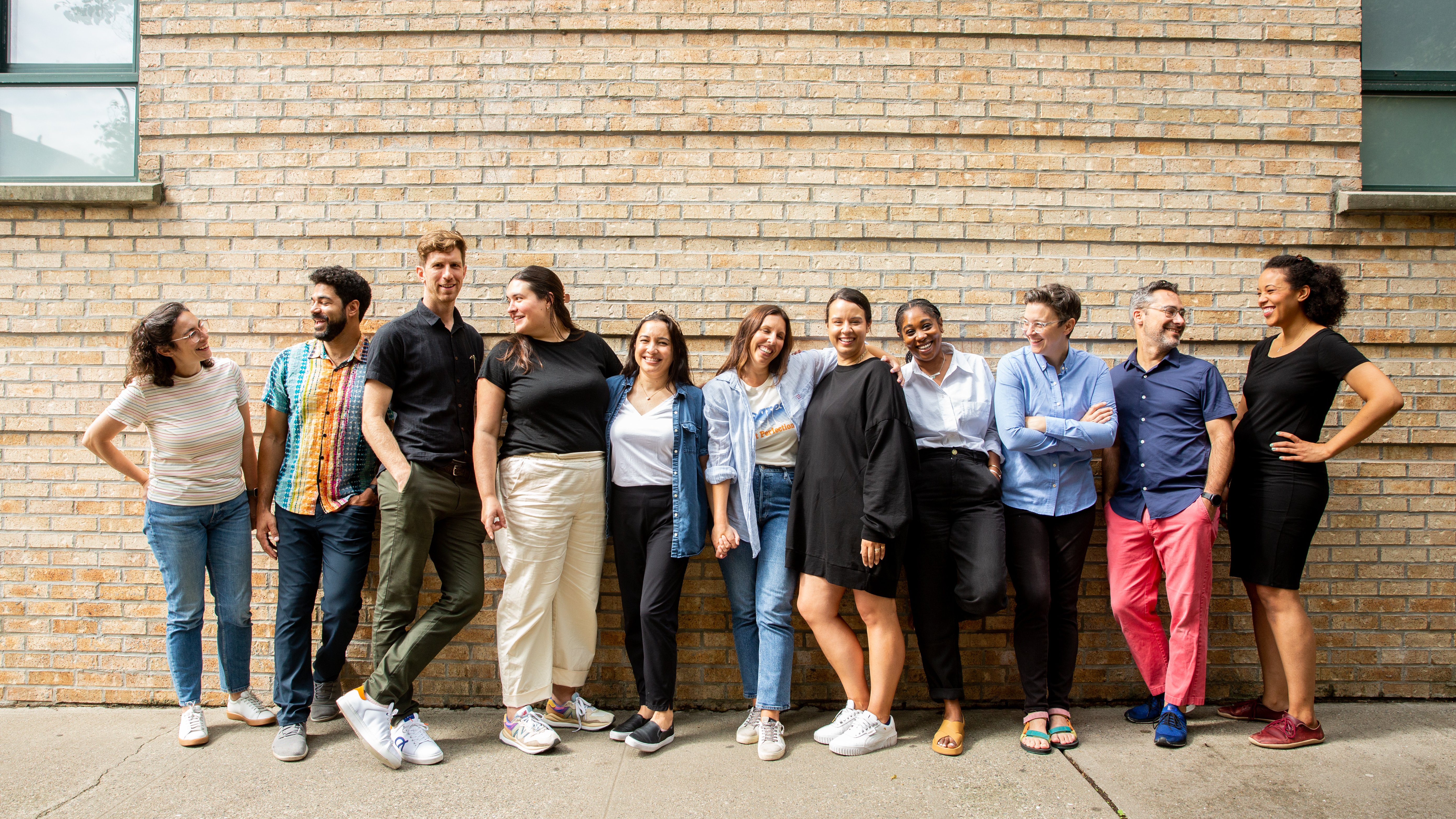Published March 2, 2021 | Updated August 17, 2024 | 4 minute read
2020 showed us that our normal ways of making decisions aren’t good enough. Traditional approaches to decision-making start with the assumption that there is a “right” answer, and that the process should maximize the chances of getting to that perfect solution. Being forced to navigate such an unpredictable environment revealed that a different decision-making process that prioritizes fast learning, and starts with the assumption that the best answers are unknown can be more effective.
What did 2020 reveal about what is possible?
“Let’s get in a room and hash this out.” “We can grab coffee tomorrow and I’ll update you on where we landed.” “Let’s just wait until we get aligned with our other stakeholders.” These common approaches to decision-making didn’t work so well in 2020.
As teams faced one crisis after another, we realized that not changing the way we made decisions could have a disastrous impact. Making poorly informed choices about travel policies or safety protocols could put employees at risk. Making unclear decisions or communicating decisions poorly could unintentionally undermine critical work. Taking too long to make decisions could tank a business’ profitability or cause it to miss a fleeting chance at survival.
The truth is that clear, fast, and smart decision-making was rare before the pandemic. But, until COVID-19 came along, we put up with sub-optimal decision-making habits because they were familiar (and change is hard).
When all of our decision-making went remote, however, the shortcomings of our normal methods came into starker focus. 2020 gave leaders and teams permission to rethink how we make decisions. In an uncertain environment teams need to accept the limits of the available data, make tough choices, and commit to explicit actions. When the right answers are unknown, it’s more important than ever to seek out and include different perspectives; but, you also need a way to create space for those different perspectives without slowing down.
Instead of starting with the assumption that the best decisions benefit from more time, more analysis, and more “alignment”, effective organizations recognized that optimizing for trust, speed, and learning can actually lead to better decisions.
Good decision-making empowers teams by prioritizing what’s worth trying even over what might be best.
Putting it Into Practice
At the end of 2019, a leading global software company committed to developing a new decision-making capability building program as a strategic pillar in a broader culture transformation that was already underway. Partnering with the Global Head of Culture, August had just started the initial phase of launching the new program in February 2020 as the COVID-19 pandemic hit.
With the endorsement and active participation of the CEO, the company quickly embraced the new decision-making program and methodology and fast-tracked the creation of a scalable online learning experience. Beginning with the top 200 senior-most leaders, managers were trained on a new decision-making playbook, and used the new methods to accelerate smarter and clearer decisions to deal with the emerging business, social, and pandemic-related crises.
“The new decision-making process put us in a position to respond quickly to changing circumstances.” – SVP
Getting Started
One behavioral shift that was effective in driving better decision-making was moving from consensus to consent. When we wait until everyone agrees that we’ve chosen the ideal path forward, we’re unlikely to ever move forward at all.
For most of our decisions, especially in the current, uncertain environment, we're better off trying to learn our way forward and avoiding consensus. Consensus is a high-cost decision-making method that should be reserved for very few, very high consequence decisions. Consensus seeking can also be misused as a CYA tool to share accountability for a particular decision. When we default to consensus, no single person has to take responsibility.
Instead of defaulting to consensus, the practice of Consent is a method and mindset for making smarter, faster, clearer decisions. Rather than waiting for perfect alignment, the team commits to decisions as soon as everyone consents that the way forward is safe to try.
In your next meeting ask, "Is this safe enough to try, knowing we can revisit it once we have more data?" Or "Does anyone have any data that this is not safe to try?" Or, “This might not be the perfect solution, but is it worth trying?” These pointed questions are hallmarks of a consent-based decision process.
Consent is a powerful practice to move decision-making forward. Instead of trying to find the average of all opinions or design everyone's preferred solution, we are looking for a 'safe enough to try' decision that helps us take action and learn quickly.

This is #4 of 5 shifts in our Playbook: New Ways of Working for 2021 and Beyond. Check out the rest of the practices here:


.jpg)







